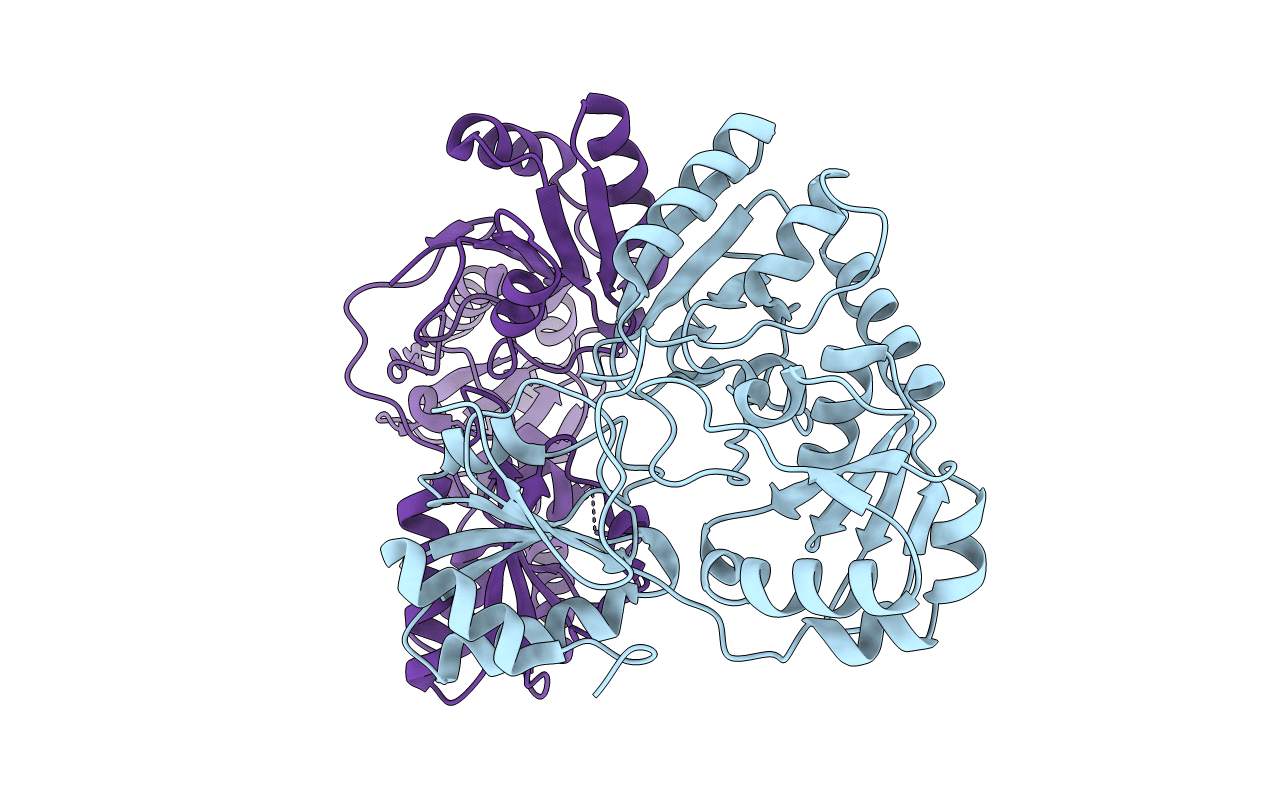
Deposition Date
2010-03-01
Release Date
2010-06-23
Last Version Date
2024-02-21
Entry Detail
PDB ID:
3LZC
Keywords:
Title:
Crystal structure of Dph2 from Pyrococcus horikoshii
Biological Source:
Source Organism:
Pyrococcus horikoshii (Taxon ID: 53953)
Host Organism:
Method Details:
Experimental Method:
Resolution:
2.26 Å
R-Value Free:
0.24
R-Value Work:
0.20
R-Value Observed:
0.20
Space Group:
P 21 21 21


